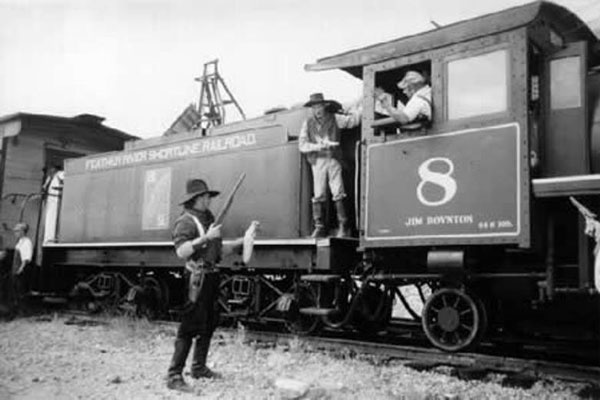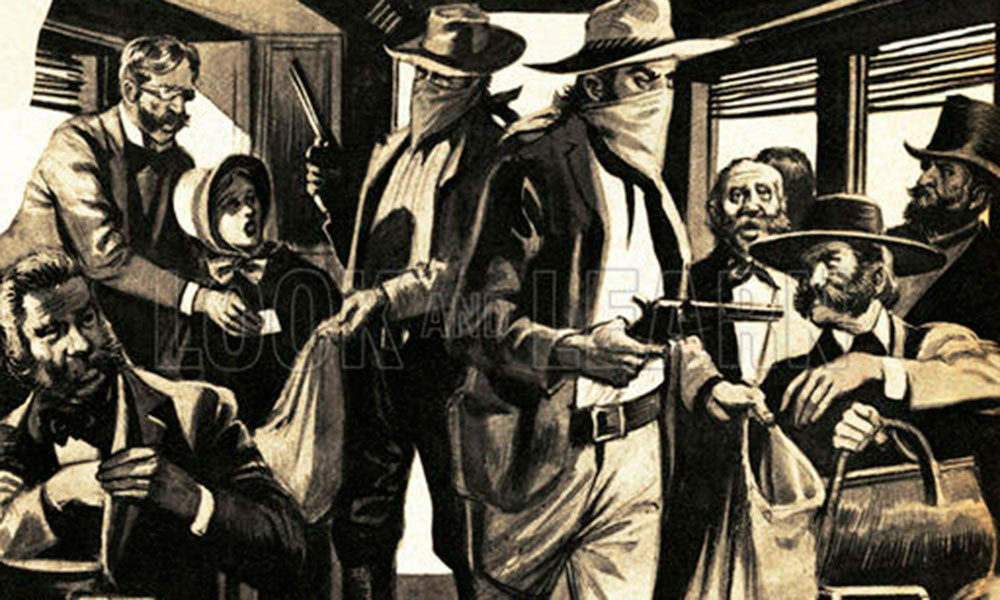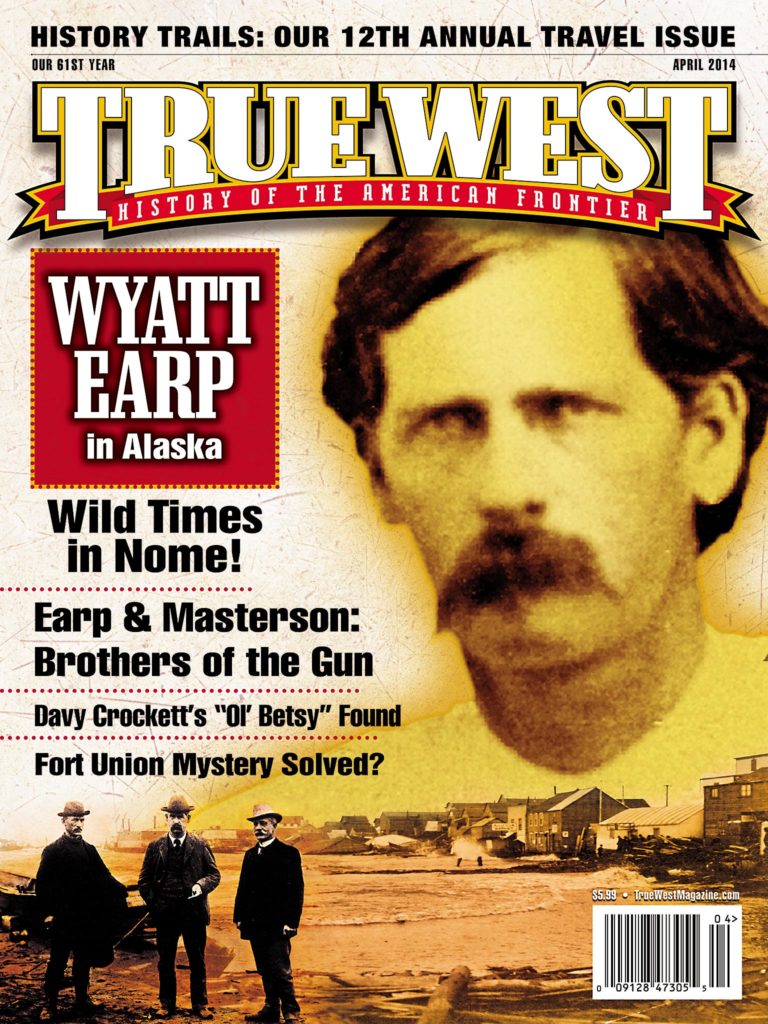 Who was the greatest of the bank and train robbers?
Who was the greatest of the bank and train robbers?
Dan Clutter
Denison, Iowa
I would have to go with Indian Territory outlaw Henry Starr, a three-eighths Cherokee. He allegedly robbed 21 banks in a nearly 30-year career (minus jail time).
His first job was a train depot holdup in 1892, after which he cold-bloodedly killed a deputy U.S. marshal. His gang went on a rampage, robbing two banks and a train in a three-month period. Starr was captured in Colorado and sent back to Fort Smith, Arkansas, where Federal Judge Isaac Parker sentenced him to hang.
After a series of appeals, Starr beat the hangman and was sentenced to 15 years behind bars. While he was sitting in the Fort Smith jail, notorious Cherokee Bill Goldsby tried to break out, killing a guard in the process. Starr managed to talk him into surrendering, which earned him a pardon from President Theodore Roosevelt in 1903. After another series of robberies, Colorado put him back behind bars until 1913.
After his release, Starr collected what was left of his gang and on March 27, 1915, they rode into Stroud, Oklahoma, and robbed two banks at the same time. He was shot in the leg during the robbery, captured and sentenced to 25 years. Starr was paroled less than four years later. He starred as himself in a 1919 silent movie A Debtor to the Law, about how crime doesn’t pay.
By the 1920s, he returned to his old ways. The end came for Starr on February 22, 1921, after he was mortally wounded while robbing a bank in Harrison, Arkansas.
Although some credit him as the first bank robber to use a car for his getaway, that myth has been disproven; bank robbers fled in their auto in a 1909 robbery in Santa Clara, California.
***
Marshall Trimble is Arizona’s official historian. His latest book is Wyatt Earp: Showdown at Tombstone. If you have a question, write:
Ask the Marshall, P.O. Box 8008, Cave Creek, AZ 85327 or e-mail him at marshall.trimble@scottsdalecc.edu






